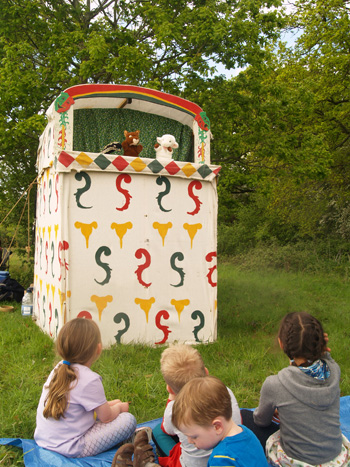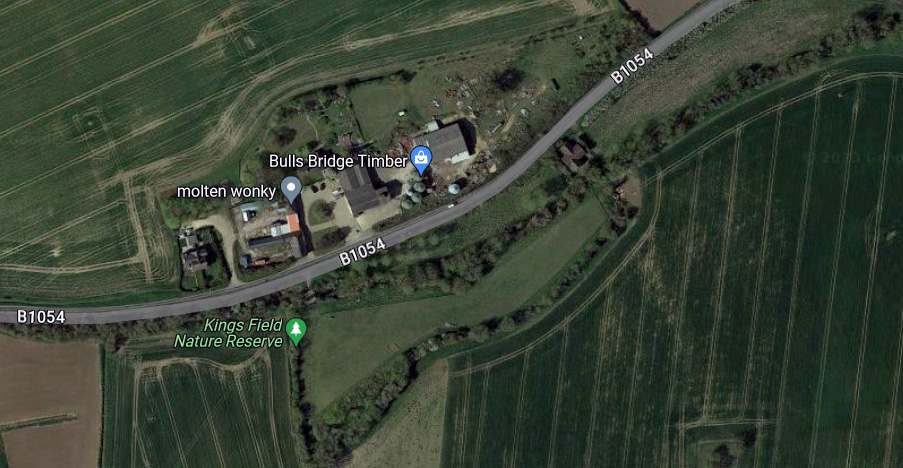|
|||||||||||||||||||||||||||||||||||
|---|---|---|---|---|---|---|---|---|---|---|---|---|---|---|---|---|---|---|---|---|---|---|---|---|---|---|---|---|---|---|---|---|---|---|---|
|
|||||||||||||||||||||||||||||||||||
Puppet shows |
Den building |
Guided tours |
Music from the Bumpstead Bojangles |
Pond dipping |
Live-trapped wild mice |
Light refreshments |
Counting teeth - yours and animals |
Make your own apple juice (see details of what to bring) |
Meet the sheep |
Children's games |
Camp-fire cooking (we hope) |
Annual General Meeting - Tuesday 12th September - Noakes Grove - 7pmOpen air social eveningAGM agenda - Organic Countryside CIC (trading as Walden Countryside):
Click here for draft copies of the documents that are on the meeting's agenda |
|||||||
|
Is yours a home-educated wild child?Our Wild Child Club for home-educated children aged from 6 -10 is now in its fourth year. It meets on Friday afternoons every two weeks, usually at Noakes Grove sometimes at one of our other reserves. Click here for more details about Wild Child There are now a couple of vacancies so please contact david@walden-countryside.co.uk if you would like your youngster to join a sample session and see if s/he would like to be a full member of the club. There is no charge for membership but many parents choose to make donations from time to time. For any parents and children:Forest School Experience with Dave LawThese are one-off sessions, not regular club memberships. £15 per family. For families to experience a Forest School together. No age restrictions - from babies to adults. Thursdays 09:30 to 12:00 at Noakes Grove during school holidays. Contact Dave Law for more details and bookings,email david.law@hotmail.com or phone 07872016413 or see forest-school.html
|
Make your own apple juice Bring somewhere between 2 kg and 8 kg of apples plus a clean 1 litre bottle for each 2 kg apples. Strong plastic bottles are best. Bottles must have a screw-on cap. It does not matter which variety of apple you bring (but not crab-apples). They should be from trees that have not been treated with any pesticides. What to do with your apple juice:
|
|||||||
|
WORK PARTY - No September work party as the third Sunday is our Kings Field Open day Next work party: Sunday 15th October - Noakes Grove |
Twenty-four of Walden Countryside's supporters have given us over £500 at no cost to themselves.
Please will you join them?
Help us at no cost to yourself:
Where do you shop online?
The big names (Amazon, eBay, M & S, John Lewis), or any one of over 4000 other online merchants, have all agreed to give us a small percentage of anything you spend with them. All you have to do is register with Easyfundraising.
PLEASE visit our Easyfundraising page and sign up. It costs you nothing and will be a huge help to us.
Just click this link or copy this web address into your browser: https://www.easyfundraising.org.uk/causes/organiccountrysidecic
The above easyfunding website explains how the system works and will help you get started.
Typical Cider Ingredients - commercial shop-sold type: Water, Apple Juice (from concentrate), Glucose, Malic Acid (E296), Caramel (E150d), Carbon Dioxide, Sulphite (E220), Potassium Sorbate (E202).
But do people really look at ingredients when buying a bottle of cider? It's made from apples surely?
Are you surprised to learn that cider (as defined by Notice 162 in the UK) can contain anything up 41 permitted ingredients, a list which begins with the mysteriously titled Acesulfame K and ends with the equally arcane Sunset Yellow…
Using apple juice you make yourself you can make traditional, one-ingredient, cider.
Pure Cider Recipe
You can make sparkling, one-ingredient cider with the aid of a plastic bottle and some pure (unpasteurised) apple juice. The yeast is natural wild yeast that comes from the apple skins and will be present in your apple juice. The bubbles in the sparkling cider will be natural carbon dioxide produced by the yeast from the sugars in the apple juice.
If you use pasteurised apple juice you will need to add some dried yeast (preferably the type sold for making cider or champagne).
You need a few one-litre, strong but flexible, clear plastic bottles with screw-on tops. The bottles which are sold containing pure fresh orange juice in supermarkets are ideal.
Fill the bottle about two-thirds full with juice and screw the top on firmly.
Each day squeeze the bottle and see if it still easy to sqeeze. When the bottle feels hard, loosen the screw top and let the compressed gas escape. It is best to do this over the sink and let the gas escape slowly. Reseal the screw-on lid.
The more days you keep doing this, the stronger the cider will get (up to about 6% alcohol) but you can drink it after a couple of days when it will be what the French call "cidre doux" between 1% and 2%.
Copyright 2023 23 Tye Green, Wimbish CB10 2XE 01799 599 643 Updated 2 September 2023 |



